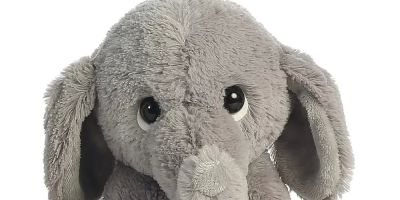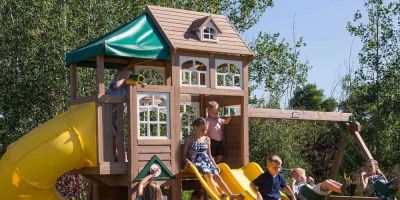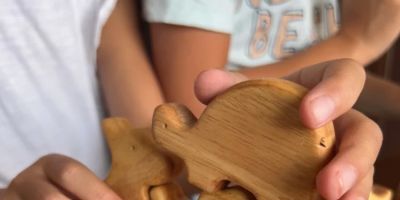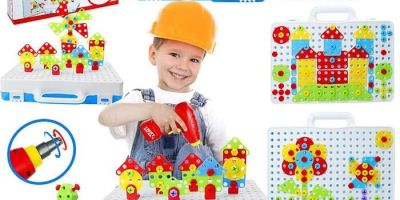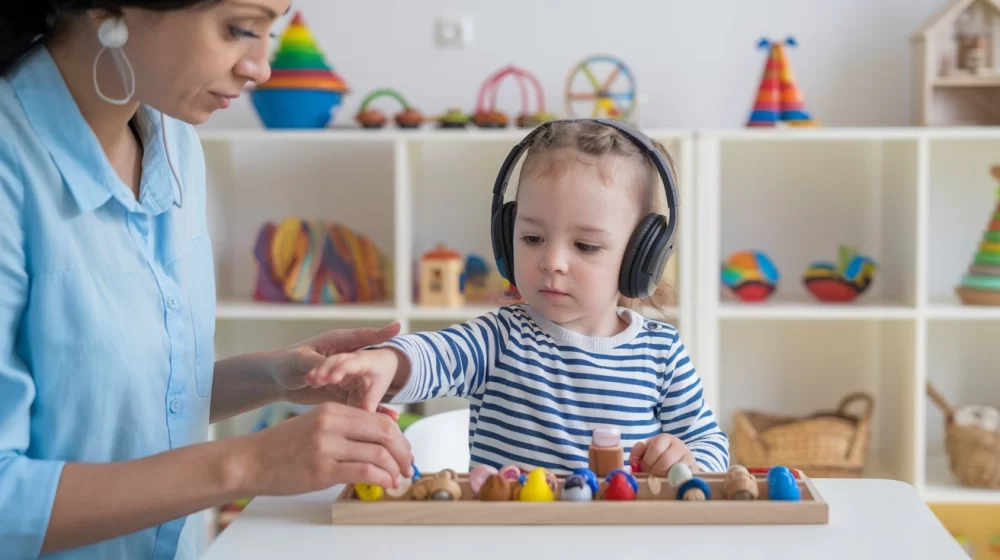
- Understanding-Sensory-Processing-Disorders
- Features-of-Effective-Sensory-Toys
- Types-of-Best-Toys-for-Sensory-Processing-Disorders
- Real-Life-Case-Study-and-Benefits
- Where-to-Find-Quality-Sensory-Toys
1. Understanding Sensory Processing Disorders and Their Impact on Children
Sensory Processing Disorder (SPD) is a condition where children experience challenges in receiving and responding to sensory information from their environment. Unlike common developmental delays, SPD affects how the brain processes sensory inputs like touch, sound, movement, and visual stimuli. This can manifest in children as hypersensitivity or hyposensitivity, causing difficulties in daily life activities such as playing, learning, or social interactions.
For instance, a child with SPD might find normal textures uncomfortable or may become overwhelmed by loud noises. Understanding these challenges is essential for caregivers and educators, as it guides the choice of appropriate toys that can help children regulate their sensory experiences in a safe, enjoyable way.
By using well-designed toys that cater to sensory needs, children can improve their sensory integration abilities, leading to better focus, reduced anxiety, and enhanced motor skills. The journey towards sensory regulation is unique for every child, and selecting the right tools can make a significant difference.
2. Key Features of Effective Sensory Toys for Children with Sensory Processing Disorders
Choosing the best toys for children with sensory processing disorders requires attention to specific characteristics that stimulate and soothe the senses simultaneously. Effective sensory toys share several important features:
2.1. Multi-sensory Engagement
Quality sensory toys engage multiple senses—touch, sight, sound, and sometimes smell—providing a balanced sensory input. For example, toys with varied textures, gentle vibrations, or calming lights can help children process sensory information more comfortably.
2.2. Safety and Durability
Since children with SPD often use toys for tactile stimulation or even mouthing, it is vital that toys are made from non-toxic, durable materials that can withstand rough use without breaking or causing harm.
2.3. Adaptability and Customization
The best sensory toys can be adapted to suit the child's evolving needs. Toys that allow adjusting intensity—such as changing vibration levels or light brightness—offer personalized sensory experiences that grow with the child.
Such thoughtful design ensures toys remain engaging over time, supporting continuous sensory development without causing overstimulation.
3. Exploring the Best Types of Toys for Sensory Processing Disorders
To cater to diverse sensory preferences, a variety of toys serve different therapeutic purposes. Here are some categories that have proven particularly effective:
3.1. Tactile and Textured Toys
Objects with varied textures—like squishy balls, textured mats, or fabric with different weaves—help children explore touch sensations safely. These toys often assist children in becoming more comfortable with different textures, which is crucial for daily life skills.
3.2. Proprioceptive and Vestibular Toys
Toys that provide deep pressure or movement input, such as weighted blankets, therapy swings, or balance boards, support proprioceptive and vestibular senses. These tools help children gain body awareness and improve coordination, which can be calming and organizing for the nervous system.
3.3. Visual and Auditory Sensory Toys
Light-up toys, calming projectors, or soft music players engage the visual and auditory senses, promoting focus and relaxation. These toys are especially beneficial for children who are either visually or auditorily sensitive, offering soothing stimuli in controlled ways.
3.4. Fine Motor Skill Toys
Puzzles, stacking blocks, or toys requiring precise hand movements support sensory-motor development. They build hand-eye coordination and concentration, which are often areas needing extra support for children with SPD.
4. Real-Life Stories Demonstrating the Impact of Sensory-Friendly Toys
Consider the example of Emma, a 6-year-old girl diagnosed with SPD who struggled with overstimulation and anxiety in school. After incorporating specific sensory toys—such as a weighted lap pad and textured fidget tools—into her daily routine, her teachers noticed significant improvements in her ability to focus and stay calm during lessons.
Emma’s parents also observed that she became more engaged in play and less prone to sensory meltdowns at home. This real-life case illustrates how targeted sensory toys, combined with professional guidance, can make a tangible difference in children’s lives.
Beyond anecdotal evidence, occupational therapists frequently recommend sensory-friendly toys as part of therapeutic interventions because these tools support self-regulation, emotional resilience, and developmental progress.
5. Where to Find Quality Sensory Toys to Support Your Child’s Growth
Finding the right sensory toys that meet safety and therapeutic standards can be daunting. Trusted providers specializing in sensory integration products offer a carefully curated selection designed to meet diverse needs. Knight Toys is one such provider, offering a range of sensory-friendly toys tailored for children with sensory processing disorders.
Their products are selected based on expert recommendations and real user feedback, ensuring caregivers can access reliable, effective tools. Whether you are looking for tactile toys, weighted items, or multi-sensory engagement tools, visiting Knight Toys can help you discover the best options for your child’s unique sensory profile.
Remember, the right toy is not only a source of fun but a bridge to enhanced sensory integration and overall well-being. Investing time in choosing sensory toys thoughtfully will pay dividends in your child’s developmental journey.

